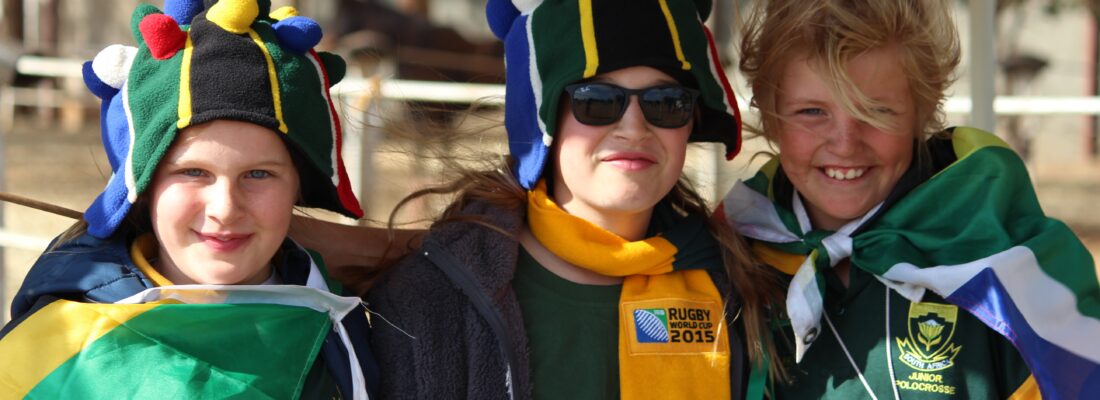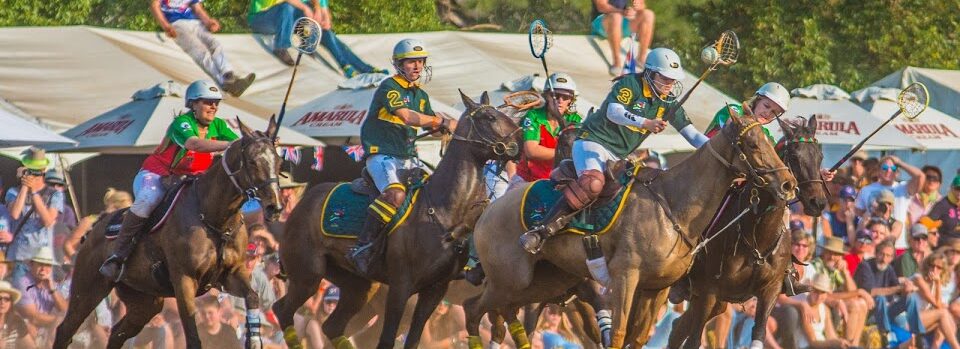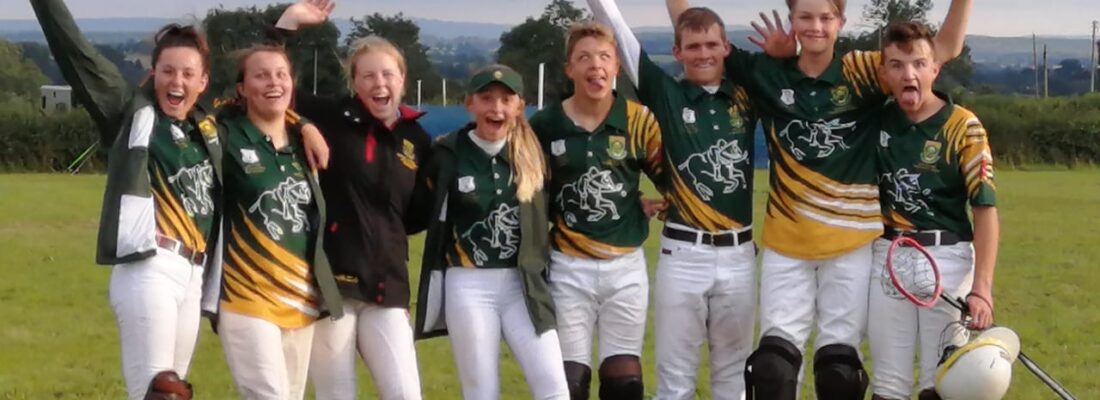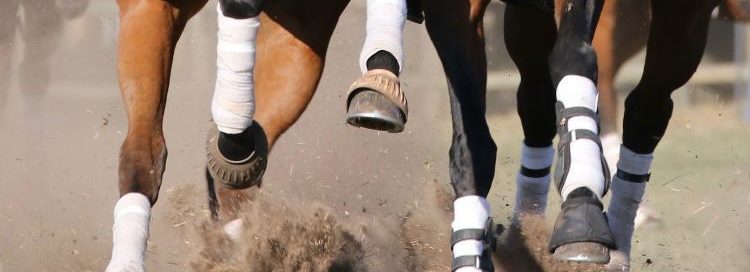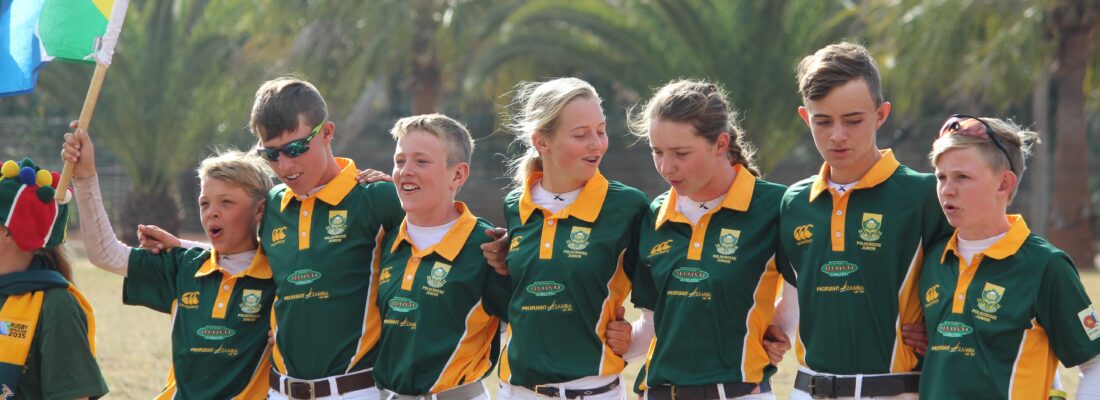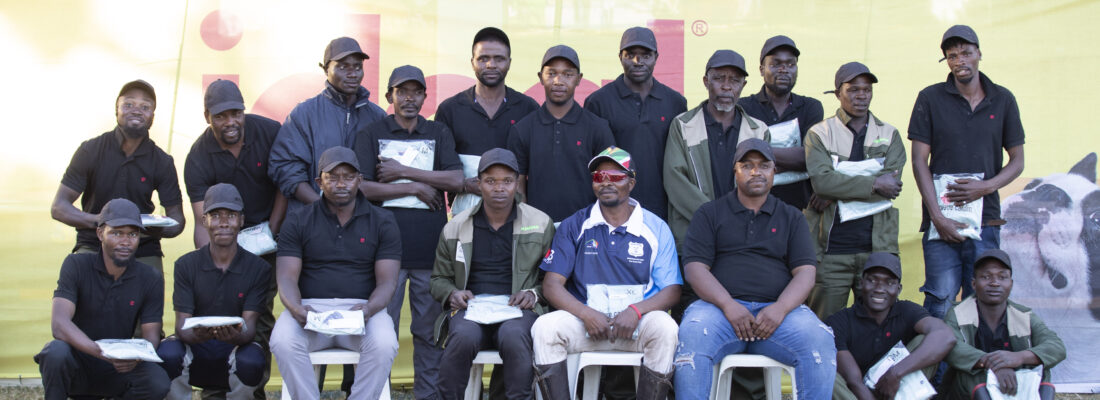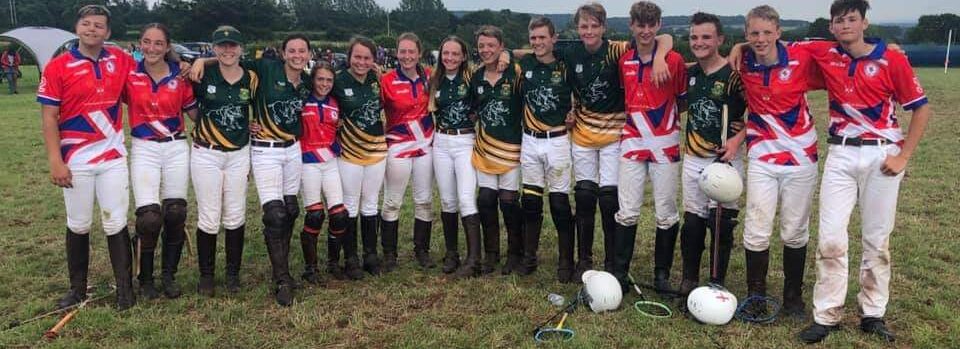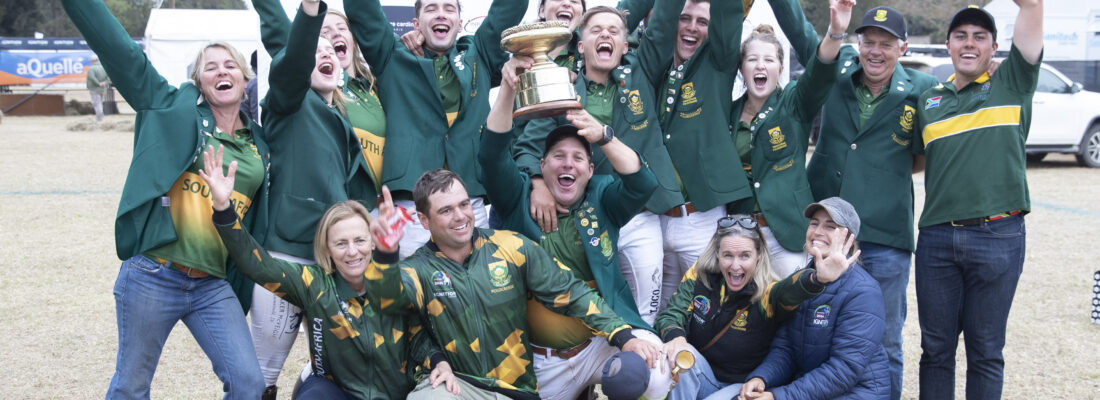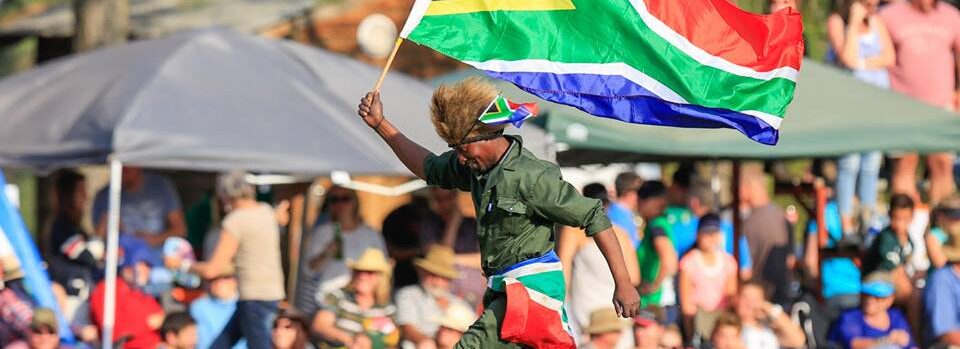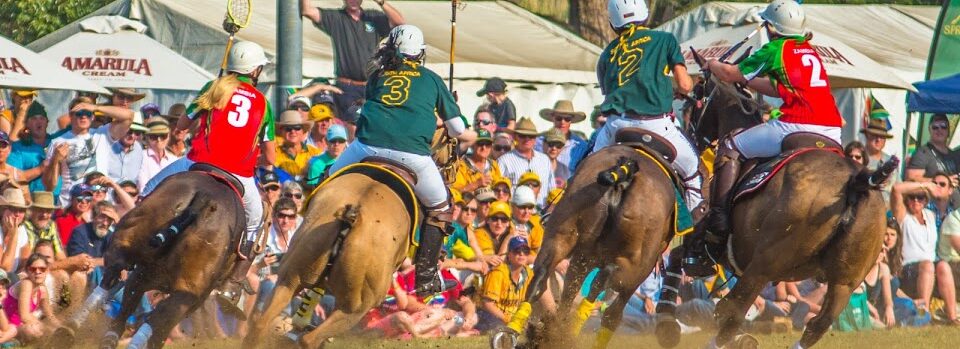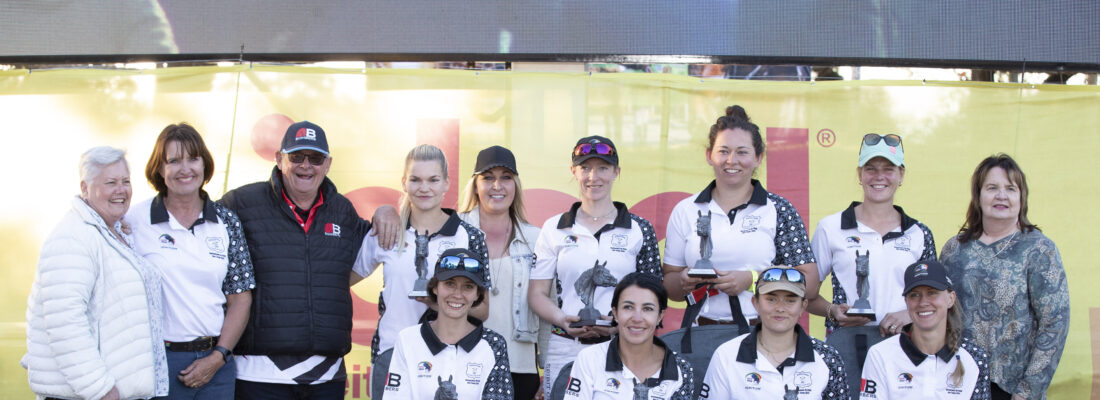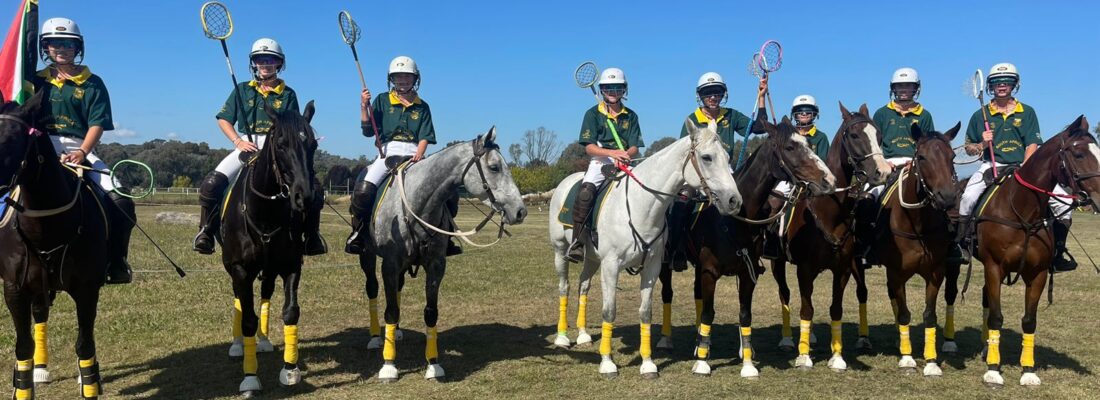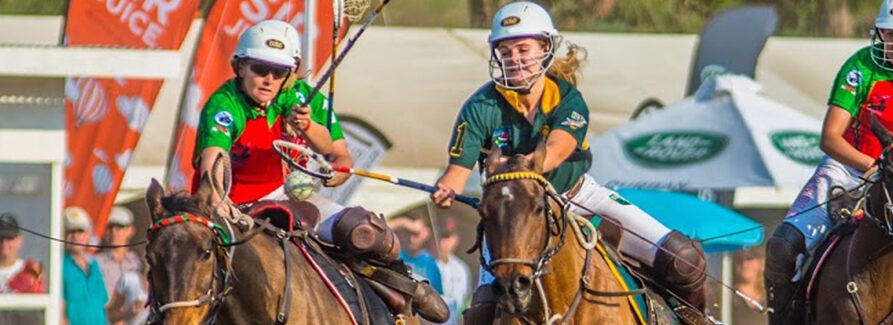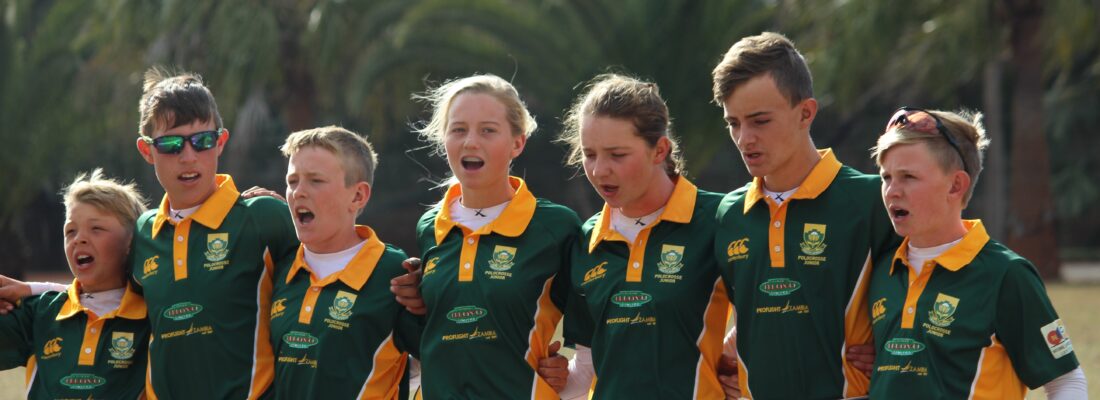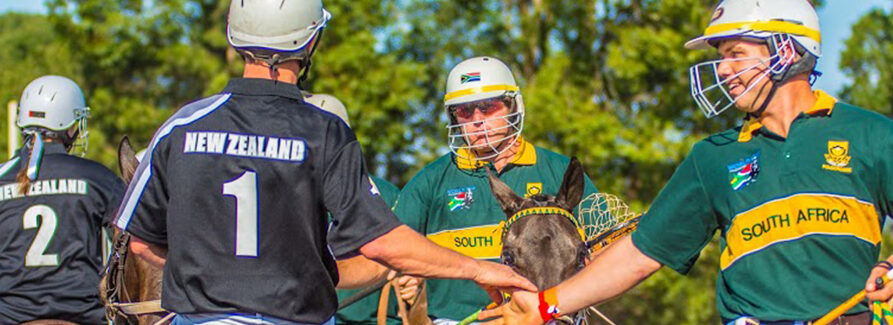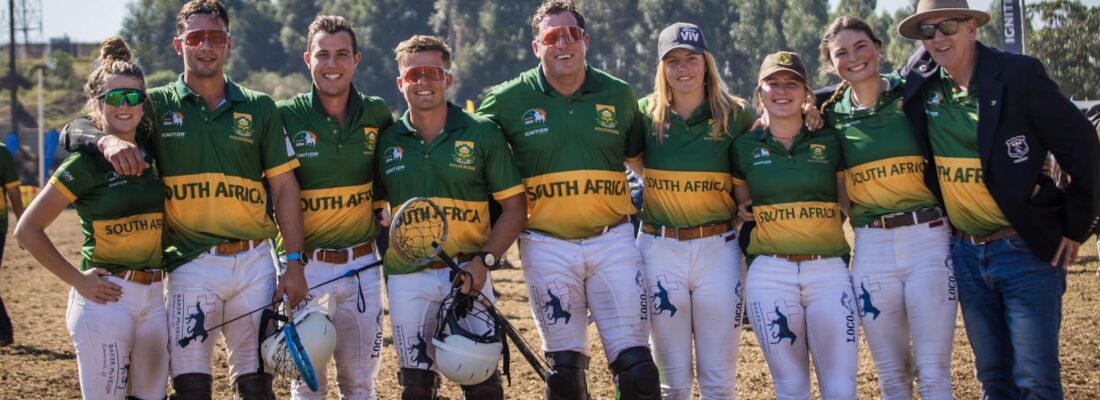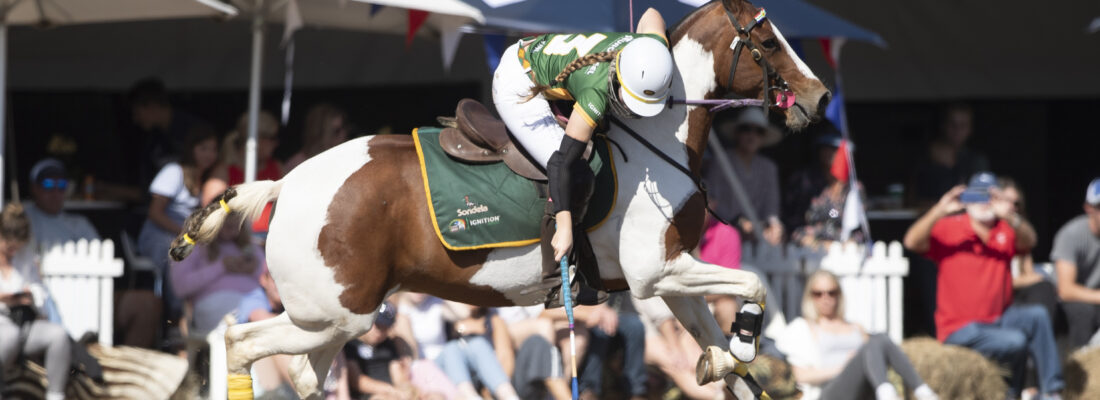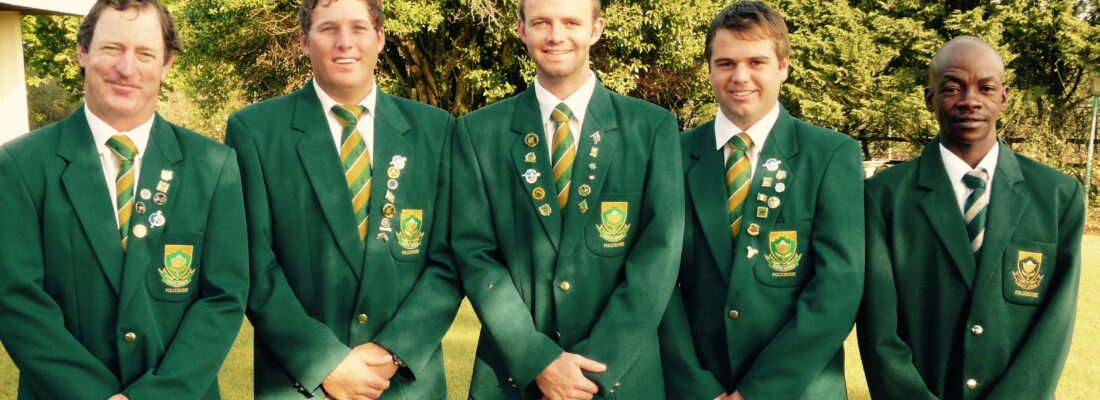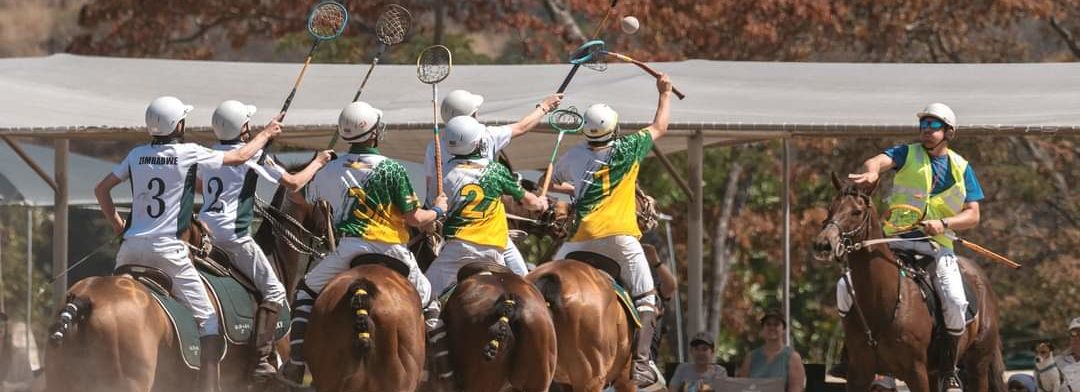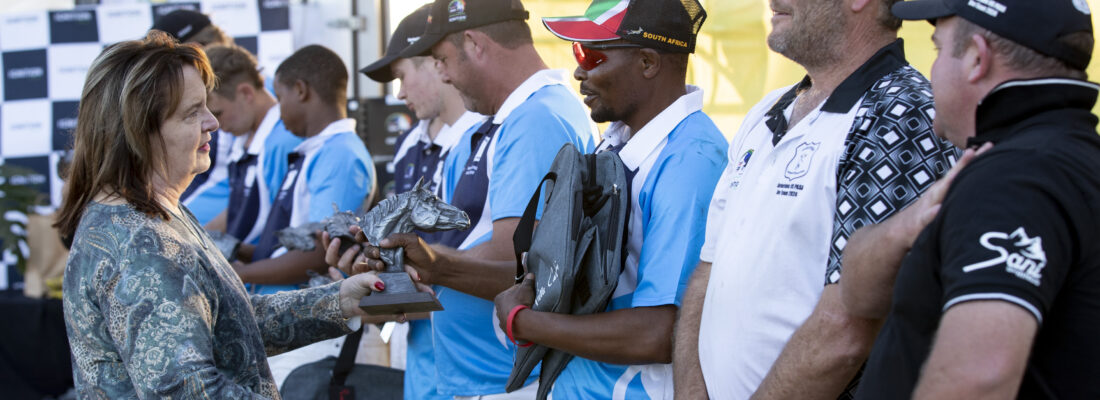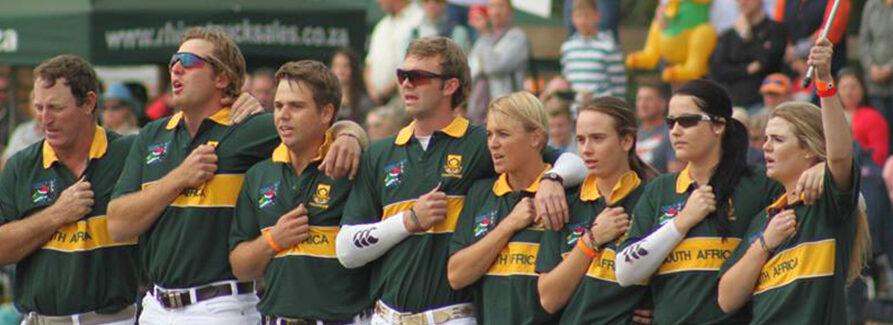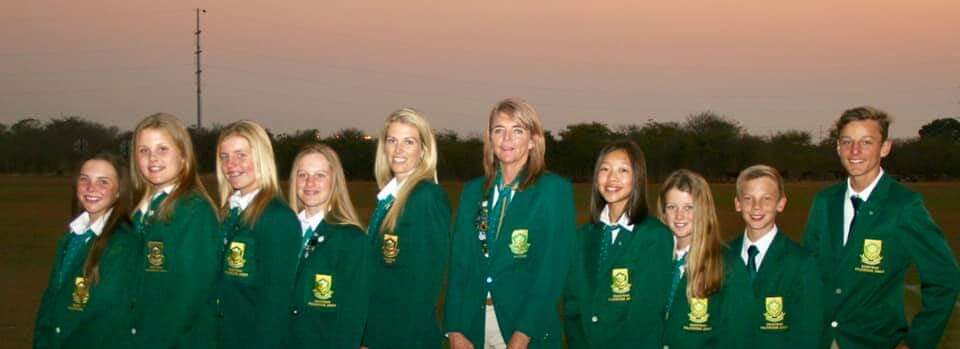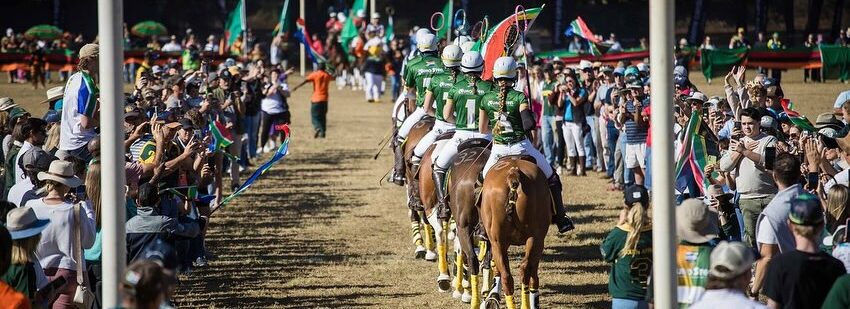Polocrosse – The history and the sport
Played across the world – A brief history
As the name of the game implies, Polocrosse is a combination of elements of the ancient game of Polo, which is believed to have originated in Persia, and the American Indian game of lacrosse. The game was first played in England in an indoor arena and was then designed to improve students’ riding skills.
An Australian couple, Mr & Mrs Edward Hirst, had read of the fledgling sport of “Polo Crosse” in an English horse magazine, and decided to see the game being played when on a visit to England in 1938. On their return to Australia, they developed the game concept with the assistance of Mr Alf Pitty, an experienced polo player.
From these simple beginnings, a new and exciting sport was born! The game, now named “Polocrosse”, and suiting the Australian competitive temperament, grew steadily. Other countries began to show interest and the game was first played in Rhodesia (now Zimbabwe) and in South Africa in 1948. Papua New Guinea and New Zealand followed a little later, with England, United States, Ireland and Canada now also playing the game at international standards. Other countries, such as Argentina, Chile, Uruguay and Denmark are known to play the game, as well as in the Middle East.
The game has developed to the extent that there are now in excess of 6 000 players worldwide, with international competition being held regularly at senior, junior and veteran levels.
For a more detailed history of the development of the game, visit http://www.ausport.gov.au/polox/polohist.html
History of the game in South Africa
According to Jack Higgs, past President of Matamo Polocrosse Club, who compiled a history of the club, the sport was first played in South Africa at the Durban Riding Club in 1948, after two girls returned home having spent a short while in England where they had seen a match being played between Porlockvale and Taunton. The sport was well supported at the riding club and spread to Shongweni, but due to unknown reasons, died out in 1950.
At this time, Vaughan Winter, a stock farmer in the Estcourt district, read about the sport in an Australian magazine. Intrigued, he wrote to the editor of the magazine, asking for more information. To his surprise, the editor sent him a rule-book!
Vaughan discussed the possibility of starting the game in Estcourt with some of his friends, one of whom knew that the game had been played at Shongweni. Through this contact, they were able to take over some racquets and balls from the Shongweni Pony Club, and on 18th March 1951, the first chukka was played in Estcourt.
Other clubs soon followed Matamo, with the formation of a club in Colenso in 1953. When Giffford Sparks, founder of the Colenso club was transferred to Cato Ridge in 1964, he started a club there, followed by the formation of a club at Mooi River the following year.
After a tournament held at the Cato Ridge club on 17th July 1966, a meeting was held and it was decided to form the Natal Polocrosse Association, with Gifford Sparks being elected as President.
Please note this page will soon be updated with more international and local history.
What is Polocrosse?
Polocrosse is an exciting team sport played on horseback between teams of 6 players each, with each team divided into two sections of three. Very simply, a “section” is made up of the “Attack” player (or No.1), who’s job it is to score goals, the “Centre” player (No.2), who acts as both an offensive and defensive player, and the “Defence” player (No.3), who’s ultimate duty is to prevent the opposing team’s No.1 from scoring.
The equipment
The game is played with a soft, thick-skinned sponge rubber ball, which is about 100mm in diameter. Each player is equipped with a racquet (usually about 90cm long), which consists of a cane shaft with a thickened handle, at the end of which is a round head fitted with a loose string net in which the ball is carried.
The Horse
Most types of horse may be used to play polocrosse, varying in breed, size and age. In South Africa, one finds that Thoroughbreds are the most popular. The polocrosse horse needs to be in good physical condition, and should be agile, fit and have good stamina. During a tournament, a player may use only one horse. However, in the case of an injury to a horse, a substitute may be used.
Stallions, mares in foal or horses with eyesight problems may not be played.
The Field
The game is played on a field 55 metres wide and 146,5 metres long, with 2,5 metre wide goals at each end. The field is divided into 3 areas; two goal scoring areas measured 27,5 metres from each goal line, and the mid-field area of 91,5 metres. In front of each set of goalposts a semi-circle is marked, known as “the D”. The lines separating the goal scoring areas from the mid-field are called “penalty lines”.
The Play
The first section from each team play against each other for a 6 or 8 minute period of play, called a “chukka”, followed by the other sections of each team in the second chukka, while the first sections’ horses and players rest. The game continues in this fashion for a total of 6 chukkas (or 8 in international games).
Play starts with the two opposing sections lining up in order, in two parallel lines on the centre line of the field, near the sideline. One of the 2 mounted umpires then throws the ball in, above the players’ heads. The players attempt to gain possession of the ball by catching it or by picking it up from the ground with their racquets.
As the objective of the game is to score more goals than the opposition, the team in possession of the ball will pass the ball among themselves so that their No.1 player can get into the goal scoring area and shoot the goal. The opposition will try to prevent this by robbing the ball from an opposition player’s racquet, by intercepting a pass or by pushing a player out of the field of play.
To make the game more challenging, the ball may not be carried by a player over the penalty line (in either direction), but has to be bounced over the line or passed over the line to another player.
The only players permitted in the goal scoring areas are the attacking No.1 and the defending No.3. A goal is scored by throwing the ball from the racquet and between the goalposts. This may only be carried out while in the goal scoring area, but outside of the semi-circle or “D”.
If the attempt at goal is successful, then play starts again from the centre of the field, on the side opposite from where the ball was previously thrown in. If the attempt at goal is unsuccessful and the ball goes over the goal line, the opposition’s No.3 player takes the ball and plays upfield.
Safety First!
Obviously, the rules of play are very specific and are more detailed than described here. Above all else, the rules are designed with safety in mind, both for the players and their horses. Whenever a potentially dangerous situation occurs during play, the umpires will stop the game and a penalty is awarded.
Players are required to wear a helmet that complies with specific safety standards. Horses must be protected by coronet boots and protective bandages or boots on all legs. In addition, bits with protruding side bars may not be used, nor spurs with sharp rowels. Saddles must be fitted with a girth, surcingle and breastplate.
The Sport the Whole Family Can Play!
Polocrosse is for everybody – boys and girls from 7 or 8, teenagers, adults, even Granny and Grandpa! If you’re still learning to ride, there’s no better place to improve your riding skills than by playing this wonderful sport! There’s always a place for you in Polocrosse!!
